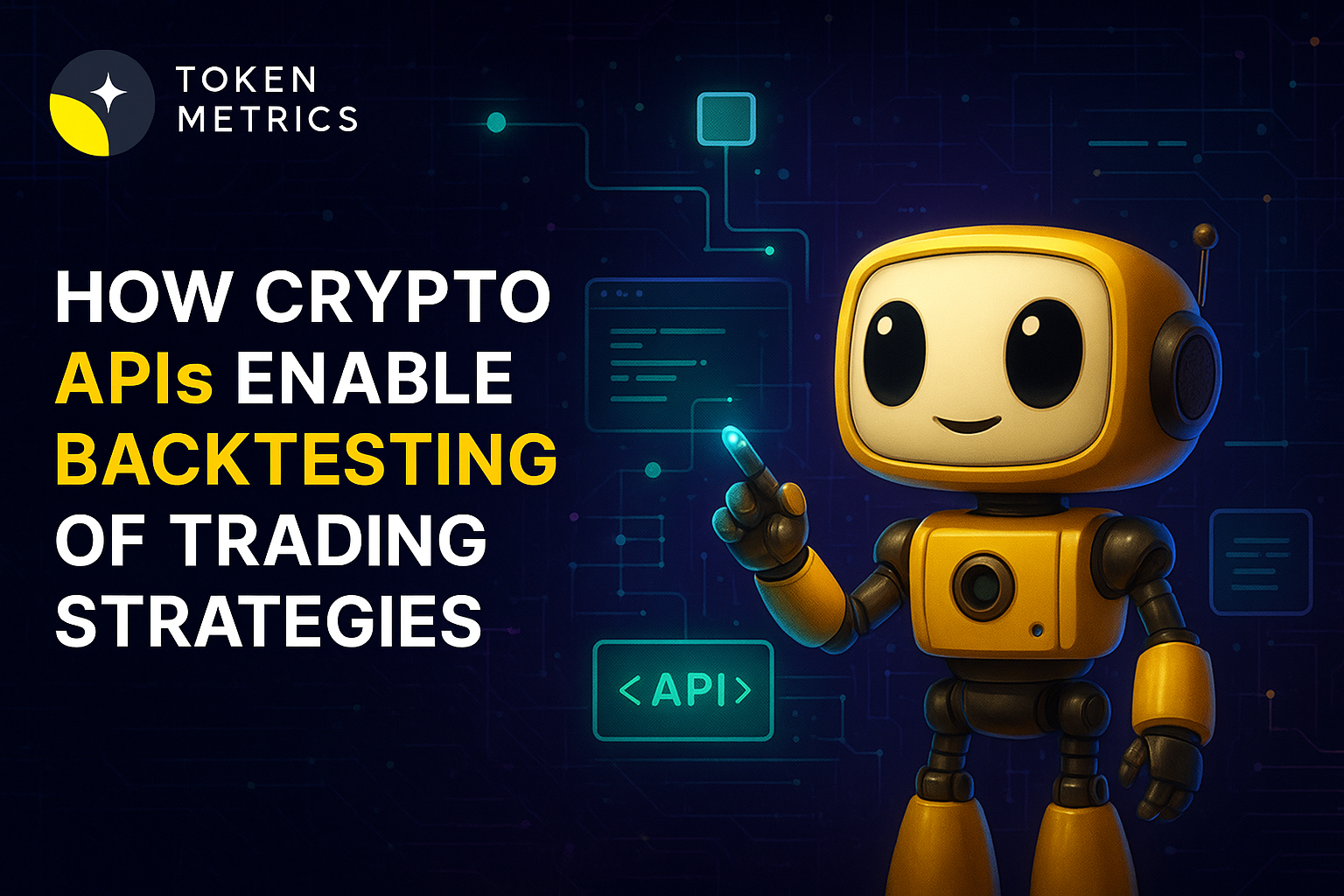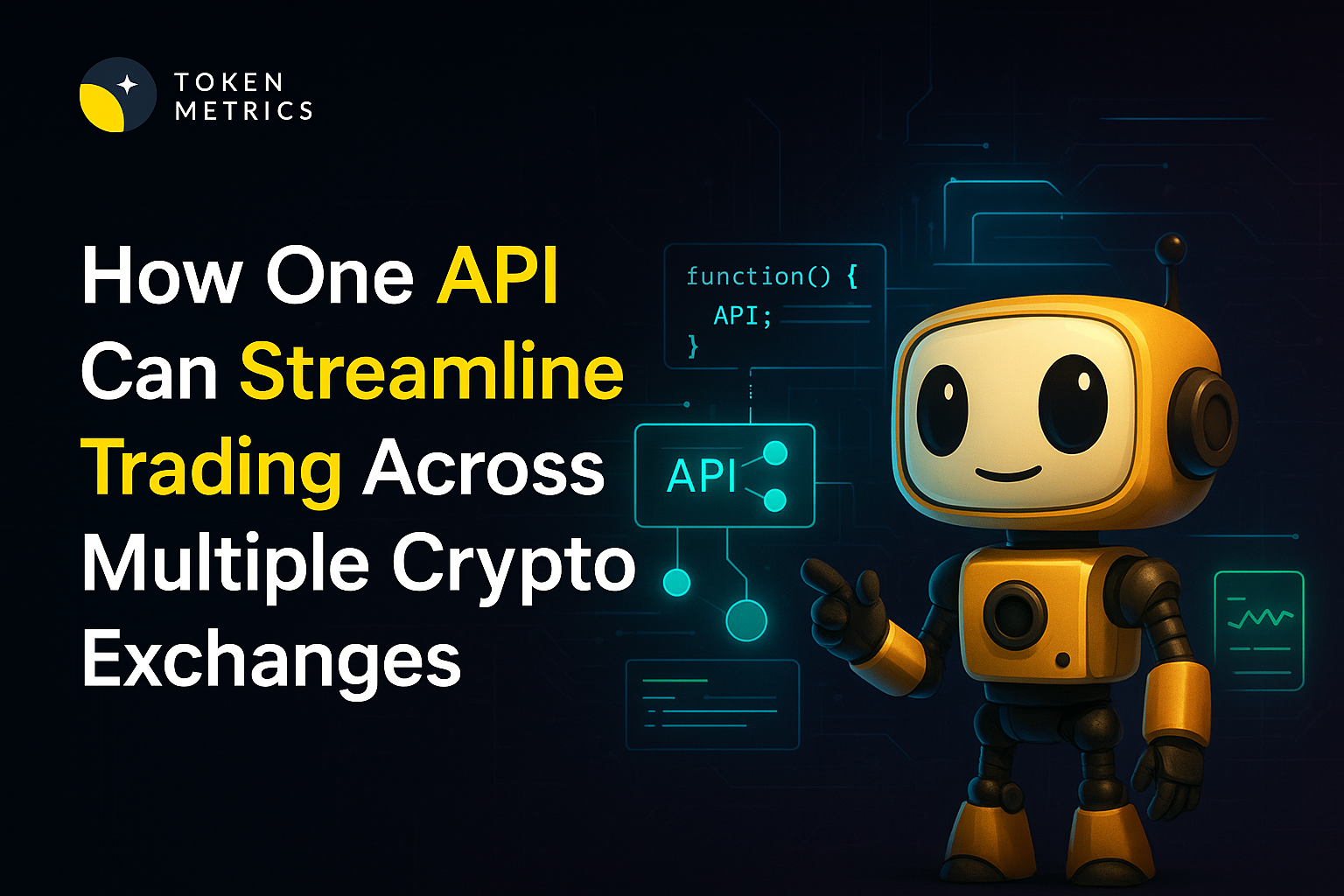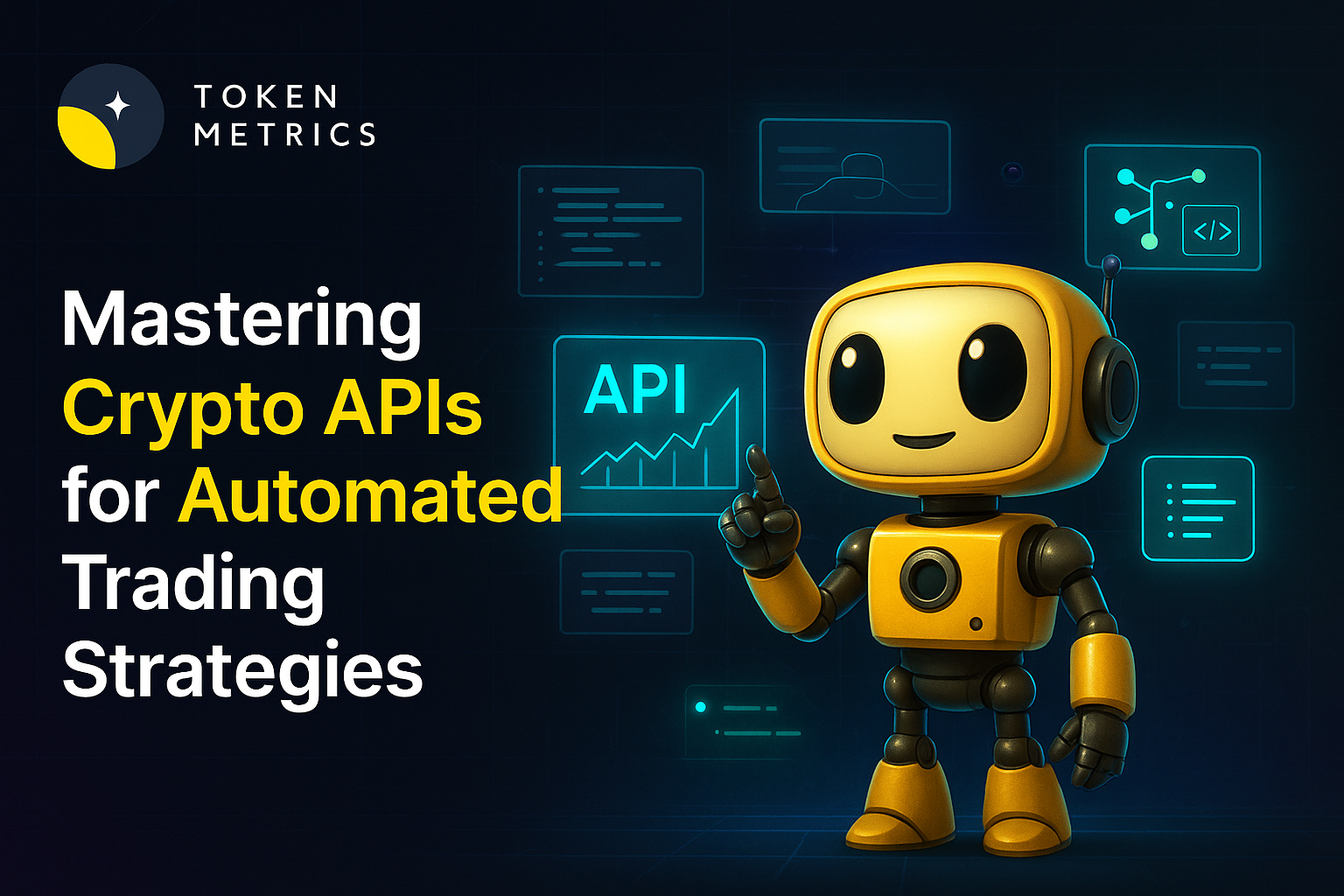
Can AI Help Identify Vulnerabilities in Smart Contracts? The Complete Guide to AI-Powered Security in 2025

As blockchain technology continues to revolutionize financial systems and decentralized applications, smart contracts have become the backbone of the digital economy. These self-executing contracts automate agreements on blockchain platforms, enabling trustless and transparent interactions. However, with billions of dollars locked in smart contracts, security vulnerabilities have emerged as one of the most critical challenges facing the blockchain ecosystem. In 2025, artificial intelligence (AI) has become a powerful ally in the fight against smart contract vulnerabilities, offering unprecedented capabilities to detect, analyze, and prevent security flaws that traditional methods might miss. This article explores how AI can help identify vulnerabilities in smart contracts and transform smart contract security for the better.
The Critical Need for Smart Contract Security
Smart contracts are self-executing programs that run on blockchain networks, automatically enforcing the terms of an agreement without intermediaries. Unlike traditional software, smart contracts are immutable once deployed—meaning any vulnerabilities in their code can lead to irreversible losses. The stakes are extraordinarily high: smart contract vulnerabilities have led to the loss of millions of dollars in the blockchain and decentralized finance (DeFi) sectors.
Due to the substantial control smart contracts have over cryptocurrency and financial assets, any security flaws can result in unpredictable and severe asset losses. These vulnerabilities include unchecked external calls, logic errors, arithmetic operation mistakes, and access control weaknesses. Conducting thorough vulnerability detection on smart contracts helps identify and fix these potential risks early, ensuring the security of contract execution and protecting assets from theft or exploitation.
As blockchain technology continues to gain widespread adoption across industries like supply chain management, decentralized finance, and distributed ledger technology, the importance of smart contract security only grows. Developers, auditors, and investors alike must prioritize detecting and mitigating vulnerabilities in smart contracts to safeguard the integrity of blockchain platforms.
Traditional Vulnerability Detection: Limitations and Challenges
Current Methods and Their Shortcomings
Traditional smart contract audits rely heavily on manual code reviews, static analysis, fuzz testing, and formal verification techniques. Popular tools such as Oyente, Mythril, Securify, Slither, and Smartcheck automate parts of this process by scanning Solidity smart contracts for known security flaws like reentrancy, incorrect tx.origin authorization, timestamp dependency, and unhandled exceptions.
While these tools provide valuable insights, they have significant limitations. Most traditional methods depend on predefined detection rules and heuristics, which can lead to false positives (flagging safe code as vulnerable) or false negatives (missing actual vulnerabilities). They often struggle to comprehend complex code semantics, logic flaws, and interactions between contract components, especially in sophisticated Ethereum smart contracts or other blockchain platforms.
The Scalability Problem
The rapidly evolving landscape of smart contract development introduces new programming languages, complex contracts, and emerging threats at a pace traditional tools find difficult to keep up with. A comprehensive evaluation of 256 smart contract analysis tools revealed that no single approach—be it fuzzing, symbolic execution, machine learning, or formal verification—fully covers all vulnerability types accurately.
Moreover, predefined rules and static detection patterns become outdated quickly, unable to adapt or generalize to new data or attack vectors. This scalability problem creates a significant security gap, especially as blockchain projects grow in complexity and market value. Manual audits are time-consuming and prone to human error, further underscoring the need for more adaptive and automated vulnerability detection methods.
Enter AI: A Revolutionary Approach to Smart Contract Security
The Promise of Artificial Intelligence
In response to these challenges, AI-powered solutions have emerged as a revolutionary approach to smart contract vulnerability detection. Leveraging machine learning models, deep learning techniques, graph neural networks, and transformer models, AI systems can learn complex patterns from smart contract data and historical audit reports, uncovering hidden vulnerabilities that traditional methods might miss.
Unlike static analysis or rule-based tools, AI models do not require predefined detection rules. Instead, they learn features of vulnerabilities during training, enabling them to adapt to new threats and evolving codebases. This ability to provide comprehensive analysis and continuous improvement makes AI a game-changer in blockchain security.
Key Advantages of AI-Powered Detection
- Automated Pattern Recognition: AI algorithms excel at analyzing smart contract code structure and semantics, identifying recurring patterns associated with security vulnerabilities such as unchecked external calls or arithmetic operation errors.
- Adaptive Learning: Machine learning models can continuously learn from new vulnerabilities and exploits, enhancing their detection capabilities over time and addressing emerging threats more effectively than traditional tools.
- Scalability: AI-powered solutions can process vast volumes of smart contract code rapidly, enabling auditors and developers to monitor smart contracts at scale without compromising quality.
- Speed and Efficiency: AI systems significantly reduce vulnerability detection time—from hours or days with manual audits to seconds or minutes—accelerating the development and deployment of secure smart contracts.
By leveraging AI, smart contract developers and auditors can achieve significant improvements in identifying vulnerabilities, thereby enhancing the overall security of blockchain platforms.
AI Technologies Transforming Smart Contract Security
Large Language Models (LLMs) in Vulnerability Detection
One of the most significant breakthroughs in AI-powered smart contract security has come from Large Language Models like ChatGPT and GPT-4. These models, trained on vast amounts of code and natural language data, can understand and generate human-like code explanations and detect potential security flaws.
Initial evaluations of ChatGPT on publicly available smart contract datasets showed high recall rates but limited precision in pinpointing vulnerabilities. However, recent fine-tuned LLMs have surpassed traditional models, achieving accuracy rates exceeding 90%. Their ability to capture subtle code semantics and logic errors makes them invaluable for smart contract audits.
Advanced AI Architectures
- Deep Learning Solutions: Specialized deep learning models, such as the "Lightning Cat" system, utilize neural networks to analyze smart contract code and detect vulnerabilities missed by conventional tools. These models learn from historical data and audit reports to improve detection accuracy.
- Graph Neural Networks (GNNs): GNNs analyze the structural relationships within smart contract code, such as control flow graphs and abstract syntax trees. Combining GNNs with LLMs has resulted in superior vulnerability detection metrics, including precision and recall rates above 85%.
- Multi-Modal Approaches: Cutting-edge research integrates textual analysis with structural code information derived from opcode and control flow graphs. This comprehensive analysis uncovers complex security flaws that single-method approaches might overlook.
These AI techniques collectively enhance the ability to detect logic flaws, reentrancy issues, and other security vulnerabilities, thereby improving smart contract security significantly.
Token Metrics: Leading AI-Powered Crypto Analytics and Security Intelligence
In the rapidly evolving landscape of smart contract security, understanding broader ecosystem risks and token-level vulnerabilities is crucial for investors and developers. Token Metrics stands out as a premier platform offering comprehensive crypto analytics and security intelligence powered by AI.
Why Token Metrics is Essential for Smart Contract Security
- AI-Powered Risk Assessment: Token Metrics leverages advanced AI algorithms to analyze smart contracts and associated tokens, delivering risk assessments that go beyond traditional code audits.
- Comprehensive Security Intelligence: The platform monitors thousands of blockchain projects in real time, providing insights into smart contract audit statuses, security certifications, and vulnerability histories.
- Market Impact Analysis: By correlating security incidents with token price performance, Token Metrics helps users understand how vulnerabilities affect market value and investor confidence.
- Predictive Security Analytics: Using machine learning models, Token Metrics forecasts potential security risks based on code patterns and historical data, enabling proactive risk management.
Leveraging Token Metrics for Security-Conscious Investment
Investors can use Token Metrics to perform due diligence, monitor security updates, and manage portfolio risk by assessing the aggregate security exposure of their holdings. This AI-powered platform empowers users to make informed decisions in the decentralized finance space, where smart contract security is paramount.
Real-World AI Tools and Frameworks
Commercial AI-Powered Solutions
- EY Blockchain Analyzer: EY’s Blockchain Analyzer: Smart Contract and Token Review tool integrates AI capabilities to enhance smart contract testing efficiency and comprehensiveness, reducing review times by over 50%.
- QuillShield: This AI-powered security analysis tool detects logical errors beyond common vulnerabilities in Solidity smart contracts. It learns from past exploits to improve accuracy and reduces false positives through consensus mechanisms.
Open-Source AI Frameworks
Academic research has produced frameworks like GPTLens, which employs a two-stage detection process—generation and discrimination—for progressive vulnerability identification. Specialized models such as PSCVFinder utilize deep learning and normalization techniques to outperform traditional methods in detecting reentrancy and timestamp dependency vulnerabilities.
These open-source and commercial AI tools demonstrate the growing ecosystem of AI-powered solutions enhancing smart contract security.
AI vs. Traditional Tools: Performance Comparison
Accuracy and Effectiveness
Recent studies reveal that AI-powered tools offer significant improvements over traditional methods:
- Recall Rates: AI models consistently detect more actual vulnerabilities, reducing the risk of missing critical security flaws.
- Precision: While early AI models struggled with false positives, fine-tuned AI systems now achieve accuracy rates exceeding 90%.
- Coverage: AI tools uncover nuanced logical vulnerabilities and code semantics that rule-based systems often overlook.
Speed and Scalability
Traditional static analysis tools like Slither and Mythril analyze contracts quickly but may miss complex vulnerabilities. In contrast, modern AI-powered tools provide similarly rapid analysis while delivering superior detection capabilities and scalability to handle large volumes of smart contract data.
Limitations and Challenges
Despite their advantages, AI-powered vulnerability detection systems face challenges:
- Consistency Issues: Models like ChatGPT show variability in detecting different vulnerability types, with some contracts yielding inconsistent results across multiple analyses.
- False Positives: High recall rates sometimes come at the cost of precision, necessitating human verification to filter false alarms.
- Context Understanding: AI systems may struggle with complex contract logic and inter-contract dependencies that experienced human auditors better comprehend.
These limitations highlight the need for hybrid approaches combining AI with traditional audits and expert review.
The Current State of AI in Smart Contract Security
What AI Can Do Today
Modern AI systems excel at identifying a wide range of vulnerabilities, including:
- Reentrancy vulnerabilities
- Integer overflow and underflow
- Timestamp dependency issues
- Access control weaknesses
- Logic errors and business rule violations
Leading AI models achieve accuracy rates between 86% and 91%, analyze contracts in sub-second times, and cover vulnerability types often missed by traditional tools.
What AI Cannot Do (Yet)
AI still faces challenges in:
- Understanding complex business logic and domain-specific vulnerabilities
- Detecting novel attack vectors not present in historical data
- Contextual analysis of ecosystem-wide implications of vulnerabilities
These gaps underscore the importance of human expertise and continuous AI model refinement.
Best Practices for AI-Powered Smart Contract Security
Hybrid Approaches
The most effective smart contract security strategies combine AI-powered detection with traditional methods:
- Primary AI Screening: Use AI tools for initial comprehensive vulnerability detection.
- Traditional Tool Verification: Employ established static analysis tools like Slither and Mythril for cross-validation.
- Human Expert Review: Maintain human oversight for complex logical and business rule validation.
- Continuous Monitoring: Implement ongoing AI-powered monitoring of deployed contracts to detect emerging threats.
Implementation Guidelines
For Developers:
- Integrate AI-powered security tools into development pipelines.
- Use multiple AI models to cross-validate findings.
- Maintain updated training data for custom AI models.
- Combine static AI analysis with dynamic testing methods like symbolic execution.
For Auditors:
- Leverage AI tools to enhance audit efficiency and coverage.
- Use AI for initial screening before detailed manual analysis.
- Develop expertise in interpreting AI outputs and identifying false positives.
For Investors:
- Utilize platforms like Token Metrics for security-informed investment decisions.
- Monitor AI-powered security assessments for portfolio holdings.
- Correlate security metrics with market performance for better risk management.
The Future of AI in Smart Contract Security
Emerging Trends
The future of AI in smart contract security promises exciting developments:
- Multi-Agent Systems: AI frameworks employing multiple specialized agents will provide comprehensive and collaborative security analysis.
- Real-Time Monitoring: AI systems will enable continuous surveillance of deployed contracts, detecting attacks and vulnerabilities as they occur.
- Predictive Security: Advanced AI will forecast potential vulnerabilities before exploitation, based on code patterns, project behavior, and market dynamics.
Integration with Development Workflows
AI-powered security will become seamlessly embedded in:
- Integrated development environment (IDE) plugins offering real-time coding assistance.
- Continuous integration/continuous deployment (CI/CD) pipelines for automated security checks.
- Deployment systems performing pre-launch verification.
- Runtime monitoring tools providing post-deployment protection.
These integrations will enable smart contract developers to write safer code and deploy more secure contracts with greater confidence.
Conclusion: AI as a Game-Changer in Smart Contract Security
The question, can AI help identify vulnerabilities in smart contracts? is answered emphatically in the affirmative. AI has already demonstrated remarkable capabilities in detecting smart contract vulnerabilities, achieving accuracy rates exceeding 90% and significantly reducing analysis time. However, AI is not a silver bullet; it is most effective when combined with traditional smart contract audits and human expertise.
The evaluation of AI tools shows their effectiveness in uncovering a wide range of security flaws, providing developers and auditors with robust mechanisms to improve the security of smart contract code before deployment. This represents a significant advancement in leveraging artificial intelligence for blockchain security.
For participants in the crypto ecosystem, platforms like Token Metrics provide essential AI-powered analytics that blend security assessment with market intelligence. As smart contracts continue to manage billions of dollars in digital assets, the ability to make security-informed decisions becomes crucial for success.
Ultimately, the future of smart contract security lies in the intelligent integration of AI capabilities with traditional security practices. As AI models evolve and improve, they will become increasingly central to ensuring the safety and reliability of blockchain-based applications. Organizations and individuals who embrace these AI-powered solutions today will be better positioned to navigate the complex and rapidly evolving security landscape of tomorrow’s decentralized economy.
The question is no longer whether AI can help with smart contract security—it’s how quickly we can responsibly integrate these powerful tools to create a more secure blockchain ecosystem for everyone.

.svg)

Create Your Free Token Metrics Account

.png)




%201.svg)
%201.svg)


%201.svg)









.svg)




.png)